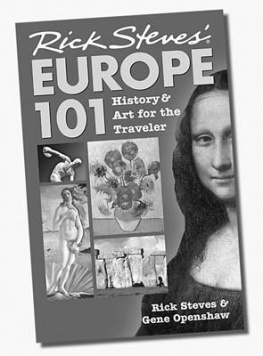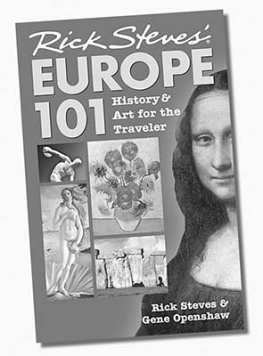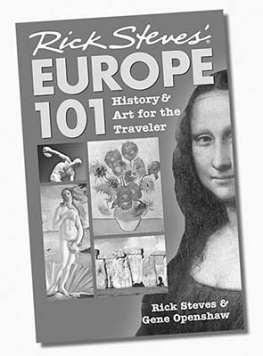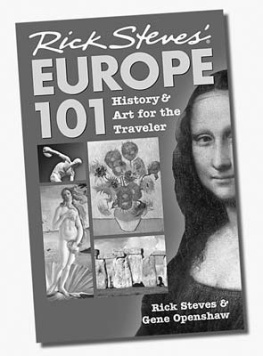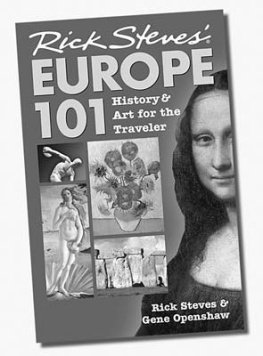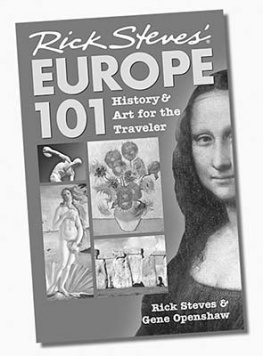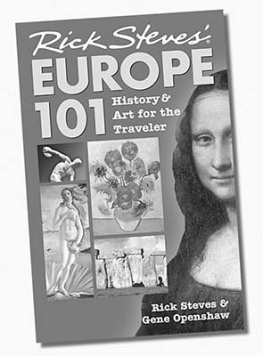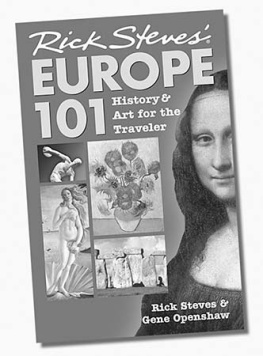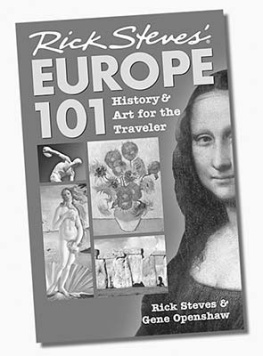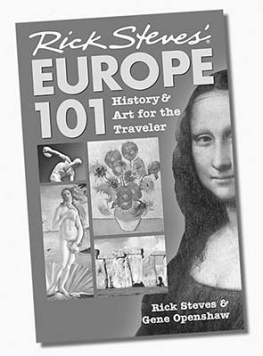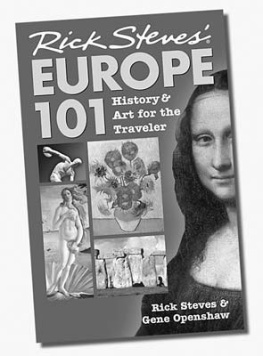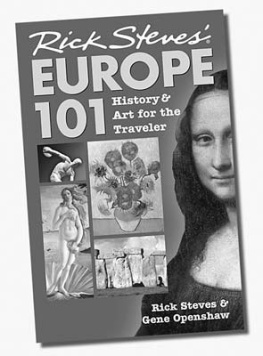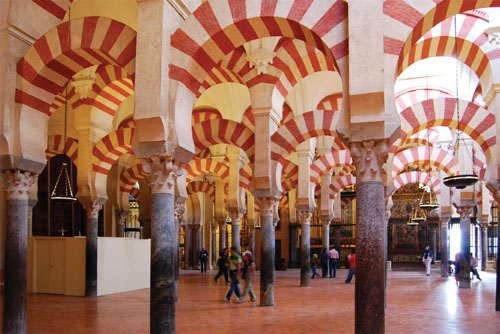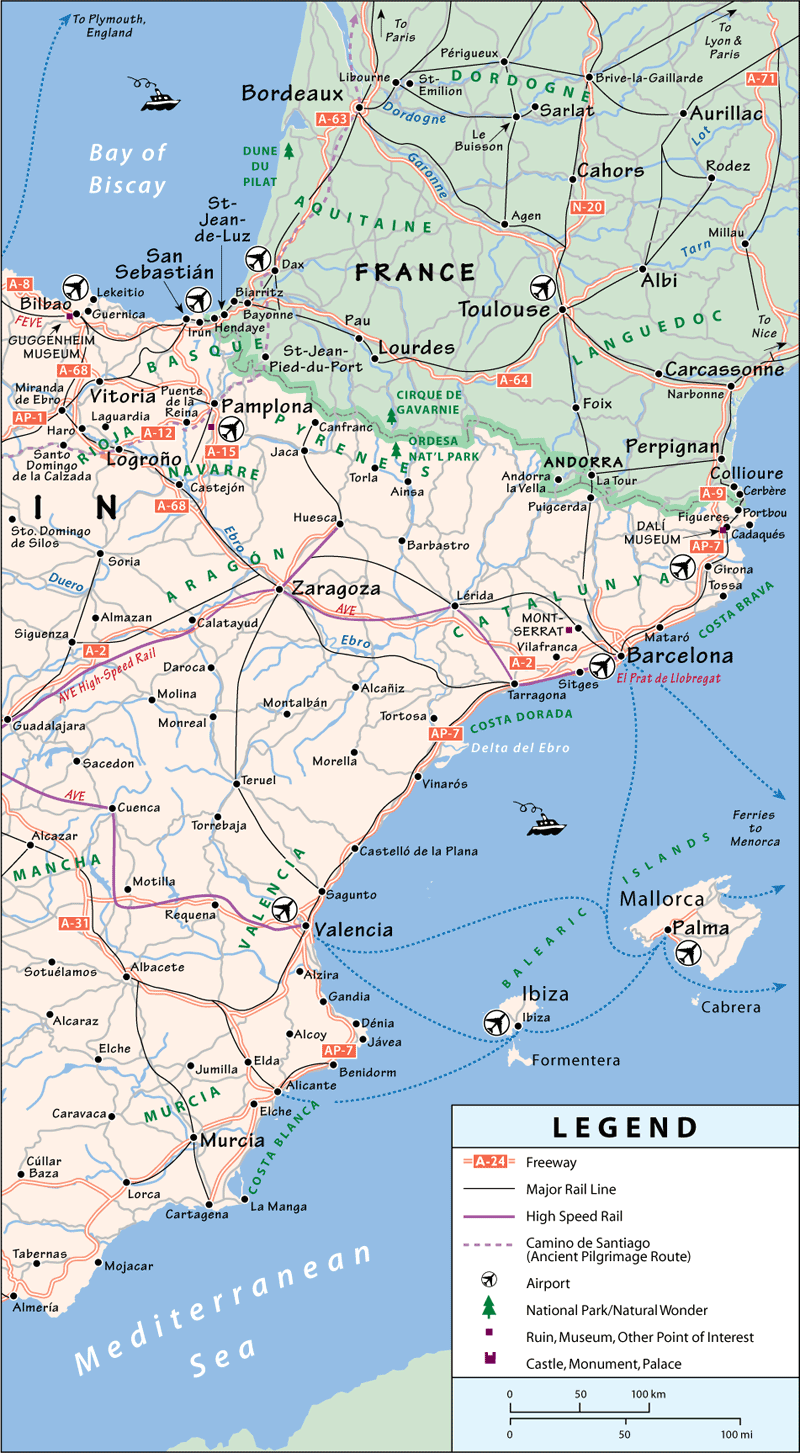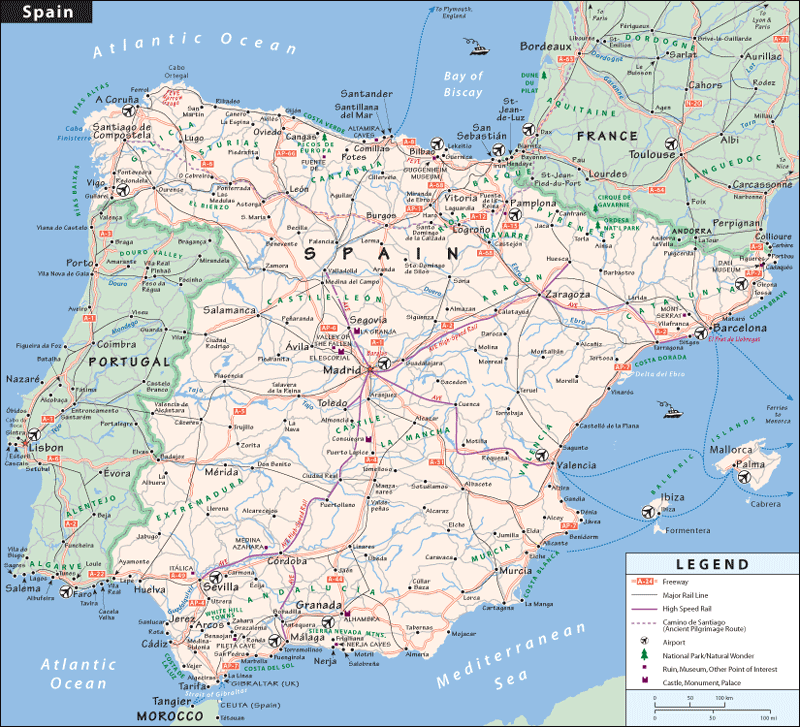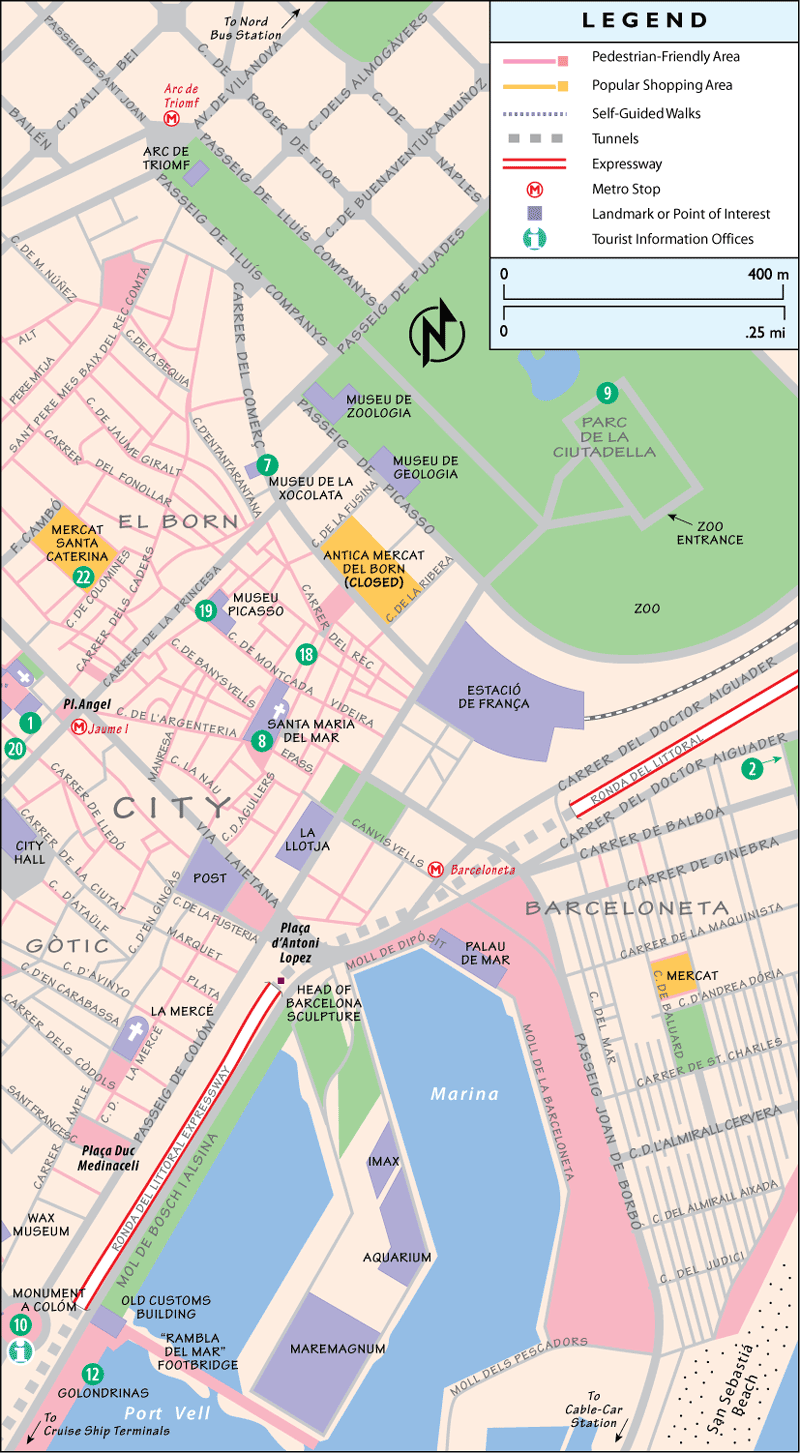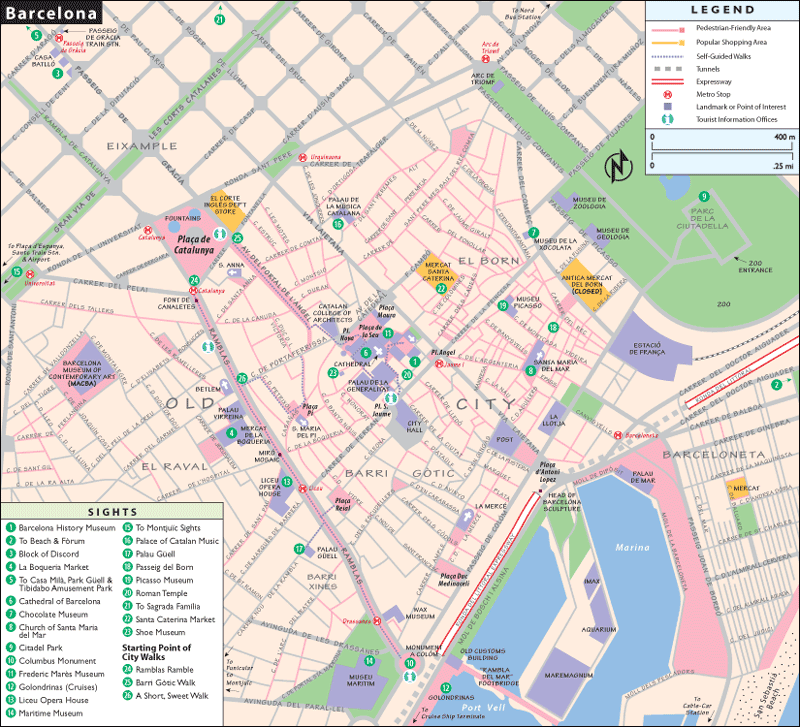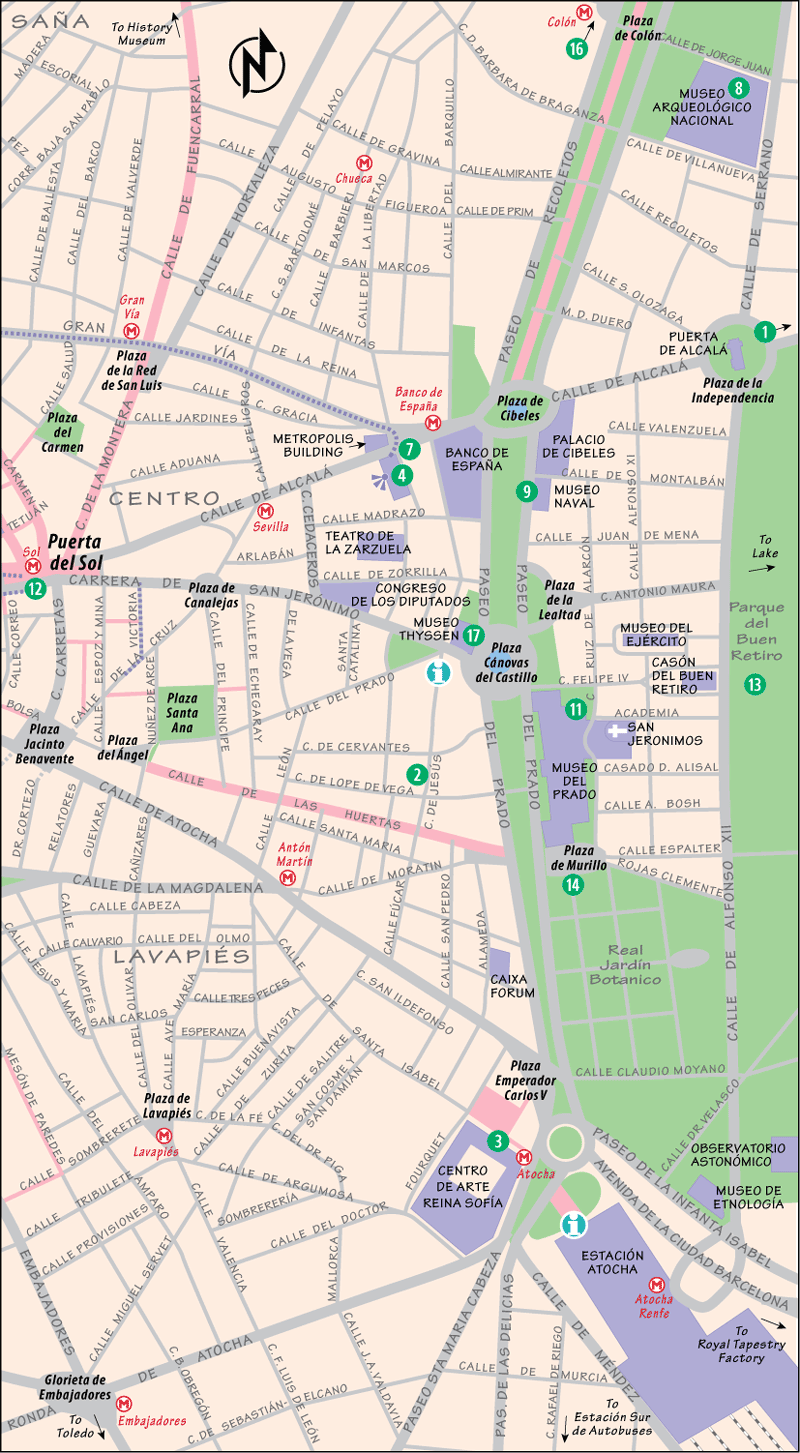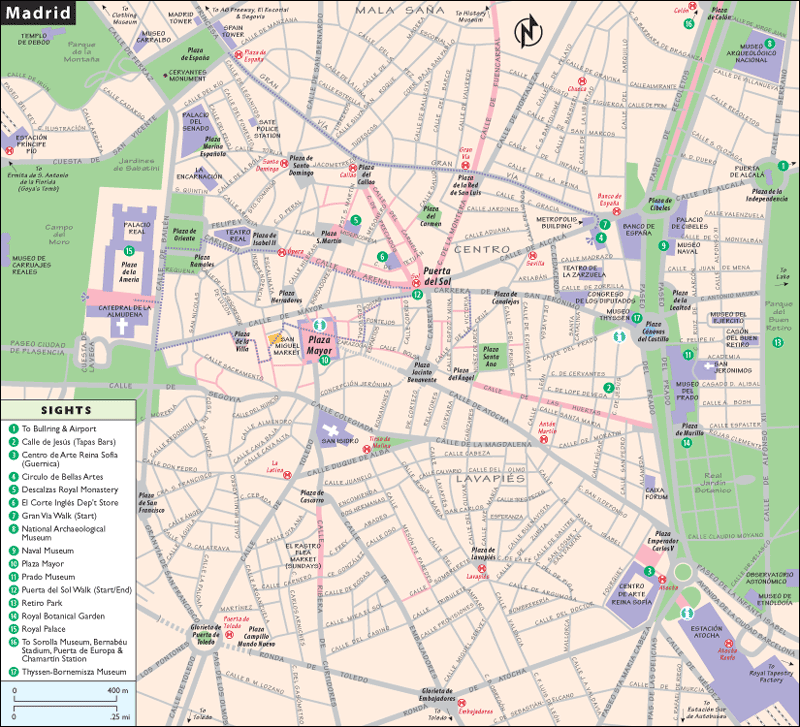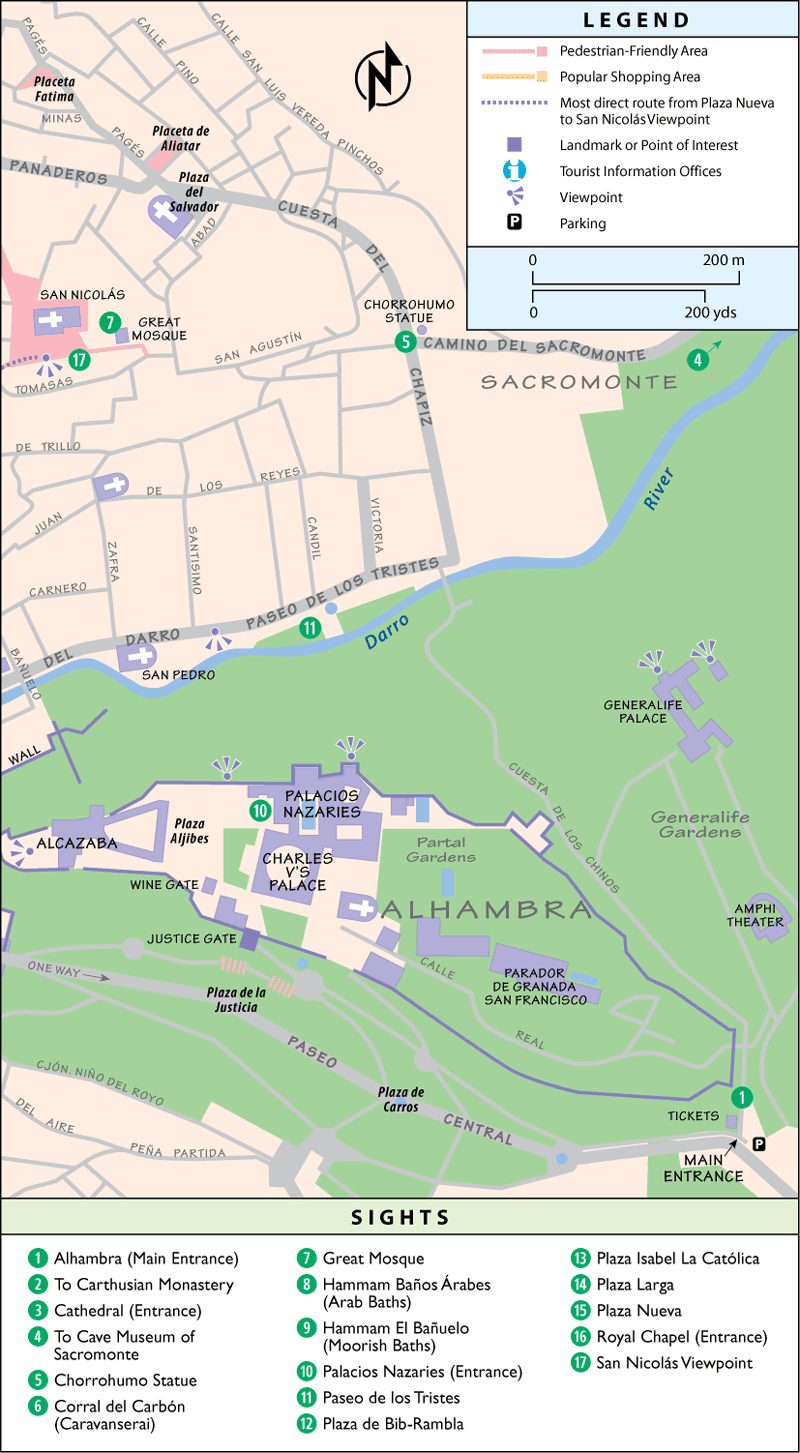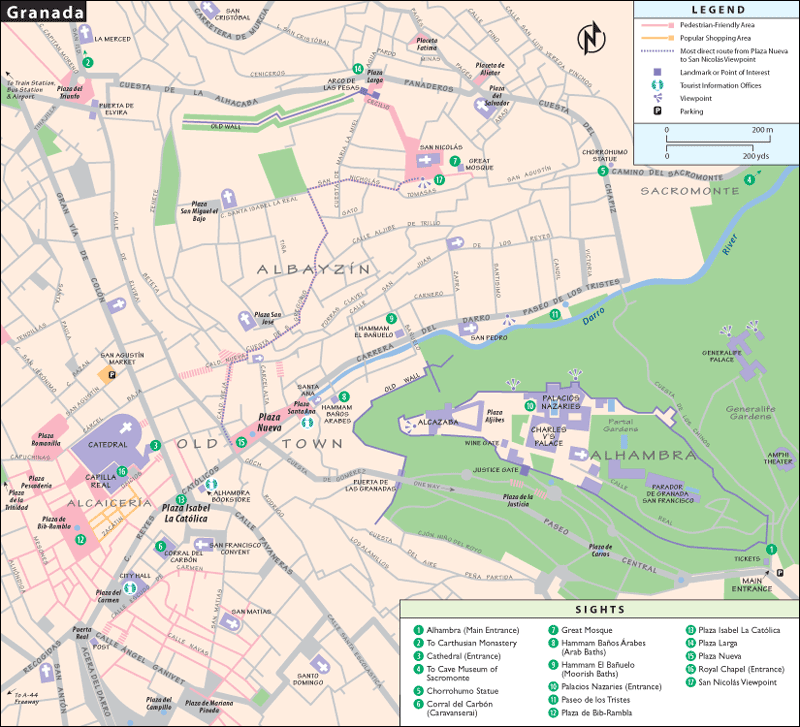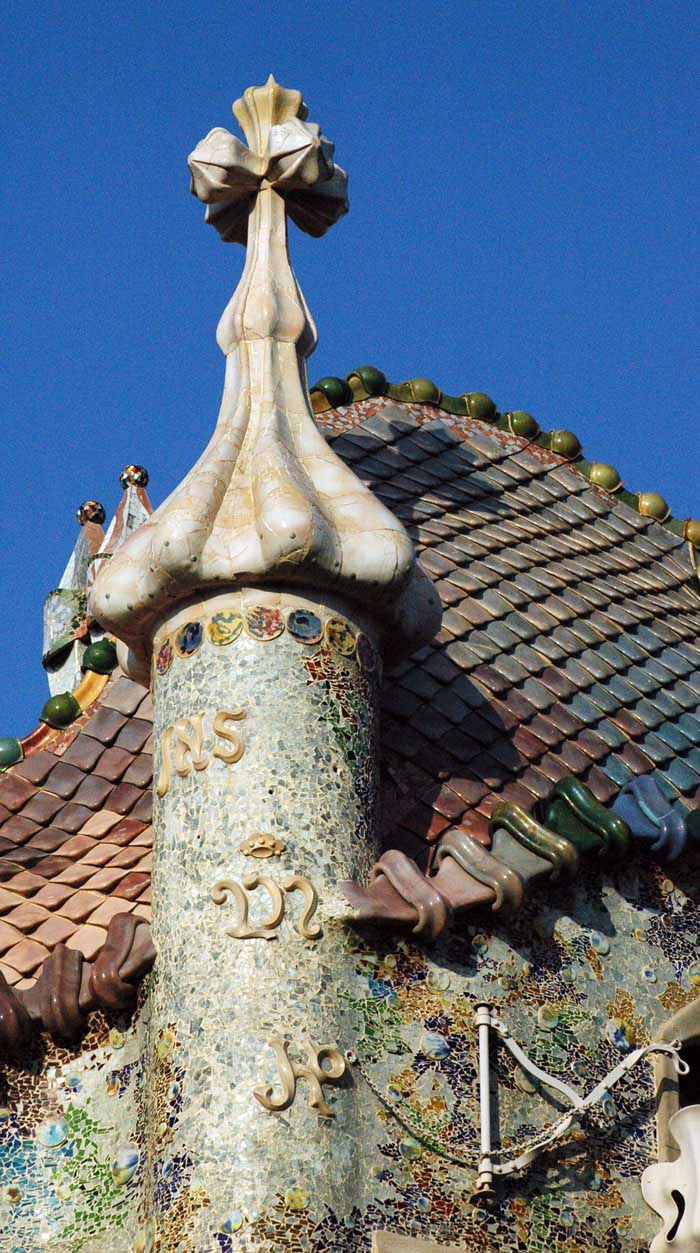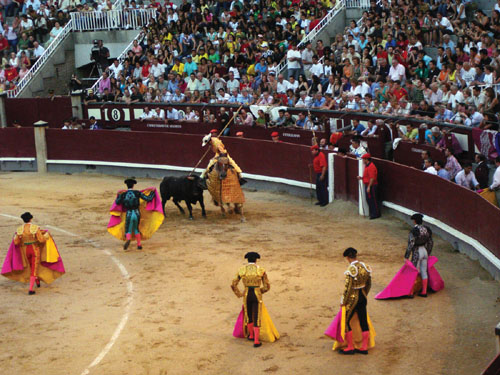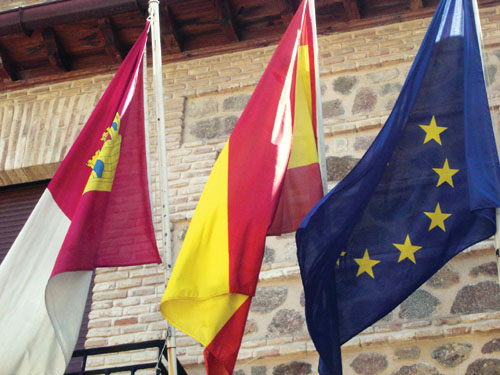Rick Steves'
SPAIN
2013
Espaa
Like a grandpa bouncing a baby on his knee, Spain is a mix of old and new, modern and traditional. For the tourist, Spain means bullfights, massive cathedrals, world-class art, Muslim palaces, vibrant folk life, whitewashed villages, and bright sunshine. Yes, youll find those things...but the countrys special charm lies in its people and their unique lifestyle. Spain has a richness of history, of culture, and of people that has little to do with GDP stats. From the stirring sardana dance in Barcelona to the sizzling rat-a-tat-tat of flamenco in Sevilla, this country creates its own beat amid the heat.
Spains diverse landscape and diverse history (a blend of Roman, Muslim, and Christian) have forged a country with a wide variety of regions, languages, and customs. If you fly over Spain youll see that much of the countrys center is a parched, red-orange desert. But Spains topography resembles a giant upside-down bowl, with the high, flat, dry central plateau and a coastal lip. The north is mountainous and rainy; the south is hilly and hot. Ringing it all is 2,000 miles of coastline.
Spains geography makes it less a centralized nation than a collection of distinct regions. In the central plain sits the urban island of Madrid, a region unto itself. Just south is Toledo, a medieval showpiece and melting-pot city with Christian, Muslim, and Jewish roots. Farther south is Andaluca, a region formerly ruled by Muslims, now home to sleepy, sun-baked pueblos blancos (whitewashed hill towns). Spains south coast, the Costa del Sol, is a palm-tree jungle of beach resorts, casinos, time-share condos, discos, and sunburned Brits on holiday. Along the Mediterranean coast (to the east), Spain has an almost Italian vibe, and Barcelona and Catalunya keep one eye cocked toward trends sailing in from the rest of Europe. Tourism is huge here. With 47 million inhabitants, Spain entertains 50 million visitors annually.
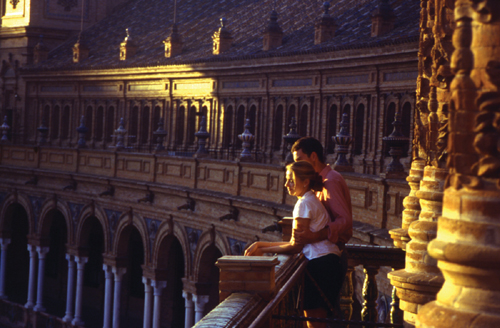
To the north is the Basque Country, which combines sparkling beaches, cutting-edge architecture, and proudly feisty locals. From here gregarious modern-day pilgrims follow the Camino de Santiago westward across the parched north of Spain into mellow and lush Galicia, where moss-covered churches and tree-strewn rolling hillsides beckon. Beyond its contiguous lands, Spain clings to the last of its far-flung holdings: a few Mediterranean islands (including Menorca, Mallorca, and Ibiza), Ceuta in Morocco, and the distant Canary Islands.
Castilianwhat we call Spanishis spoken throughout the country. But Catalans (around Barcelona) speak their own Romance language, Catalan. The Galicians speak Galego. And in the far north the Basques keep alive the ancient tongue of Euskara. A fringe group of separatist Basques (with their notorious and unpopular terrorist wing, ETA) has lobbied hard and sometimes violently for self-rule. But every region in Spain has its own dialect, customs, and (often half-hearted) separatist movement. Each region also hosts local festivals, whether parading Virgin Mary statues through the streets, running in front of a pack of furious bulls, or pelting each other with tomatoes. People think of themselves first and foremost as Basques, Catalans, Andalusians, Galicians, Leonese, and so on...and only second as Spaniards.
Spain is in Europe, but not of Europeit has a unique identity and history, thanks largely to the Pyrenees Mountains that physically isolate it from the rest of the Continent. For more than 700 years (711-1492), Spains dominant culture was Muslim, not Christian. And after a brief Golden Age financed by New World gold (1500-1600), Spain retreated into three centuries of isolation (1600-1900). Spains seclusion contributed to the creation of unusual customsbullfights, flamenco dancing, and a national obsession with ham. Even as other countries opened up to one another in the 20th century, the fascist dictator Francisco Franco virtually sealed off Spain from the rest of Europes democracies. But since Francos death in 1975, Spaniards have almost swung to the opposite extreme, becoming wide open to new trends and technologies. (For more on Spanish history, see the Spain: Past & Present chapter.)
Spain Almanac
Official Name: Its officially the Reino de Espaa (Kingdom of Spain), but locals just call it Espaa.
Population: 47 million. Most speak the official national language of Castilian, but about 17 percent speak Catalan, 7 percent Galego (Galician), and 2 percent Euskara (Basque). The country is 94 percent Roman Catholic.
Latitude and Longitude: 40N and 4W (similar latitude to New York City).
Area: 195,000 square miles (about 18 percent bigger than California). This includes the Canary and Balearic Islands, and small enclaves in Morocco. Spains long-standing claim to Gibraltar remains a nagging dispute with Britain.
Geography: The interior of Spain is a high, flat plateau (the Meseta Central), with hot, dry summers and harsh winters. Surrounding the plateau are mountains (including the Pyrenees in the north) and 2,000 miles of coastline.
Agua Agua Everywhere: A leader in hydropower and irrigation, Spain, for its size, has more man-made lakes from dams (about 1,400) than any other country. Still, the average Spaniard uses one-third less energy than the average American. Spains 1,800 rivers are mostly small, less than 50 miles long. The 600-mile Tajo River (a.k.a. Tagus in English, or Tejo in Portuguese) runs westward from Toledo through Portugal to the Atlantic. The Guadalquivir irrigates Andaluca and makes Sevilla an oceangoing port city.




